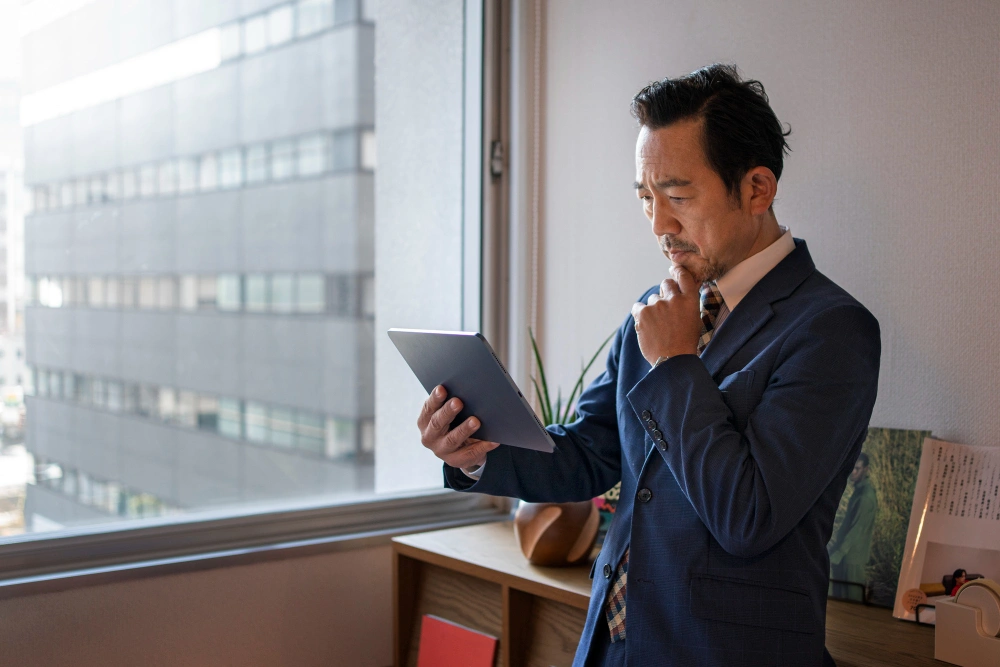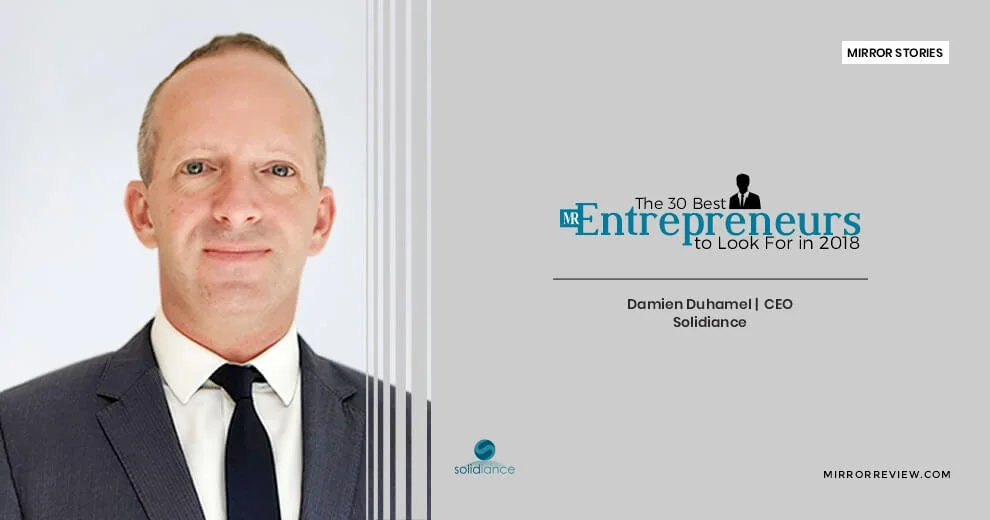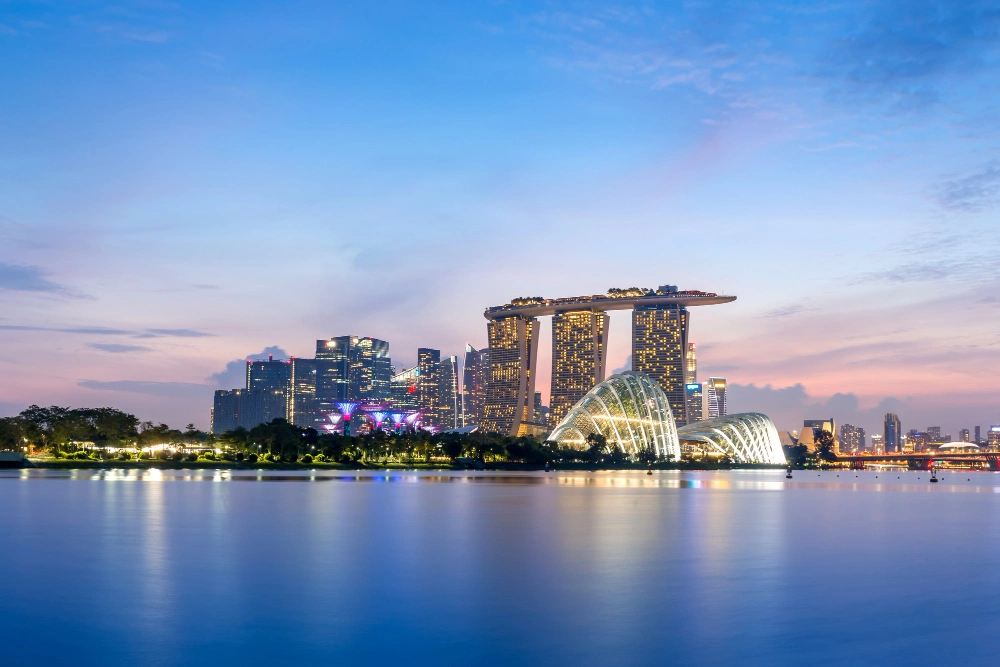
I am republishing this article on my website because my remarks were quoted in the original piece. The original article was published in 2013 on the CNBCTV18.com website.
Asia appears to be in a sweet spot: home to some of the world’s largest economies, stable growth, a rising middle class, and cities with low taxes and fewer regulations that make it easy to do business. Yet this hasn’t translated into a thriving entrepreneurial culture.
Experts say fear of failure is the biggest obstacle preventing Asia’s potential entrepreneurs from taking the leap—setting them apart from their U.S. counterparts.
“There are huge numbers of graduates in Asia and that’s fine. But entrepreneurs—individuals that are prepared to take a risk to start a business? I’m not sure about that,” said Mykolas Rambus, CEO of Wealth-X.
Rambus adds, “In the U.S., the price of failure is learning. Banks, communities, even families can be accepting of that. I don’t see that being the case in Asia. Failure is branded that way permanently.”
Different Standards for Failure
In the U.S., failure is often a stepping stone. Examples abound:
- Walt Disney’s first animation company went bankrupt.
- Bill Gates and Paul Allen’s first venture, Traf-O-Data, failed before they built Microsoft.
But in Asia, failure is socially stigmatized. Experts say this mindset discourages risk-taking even in markets where economic prospects and consumer growth are high. Instead, success is more commonly associated with stable employment and upward mobility within established companies.
“Why is the American Dream so crucial to America’s success? It’s a place where ideas flourish and you’re rewarded for hard work, not judged by race or religion,” said Liew Kee Sin, CEO of SP Setia. “We’re not there yet, but we’re working toward that.”
Liew’s early market bets on property land helped position SP Setia for long-term success—proof that risk can pay off.
Change the Way You Think
Experts say traditional family expectations fuel this fear. Parents typically encourage predictable careers like law or engineering, while children feel pressured to meet those norms. This is especially strong in conservative societies like Japan, Taiwan, and Singapore. Countries like India, with deeper entrepreneurial roots, are more tolerant of risk.
“Why have Indian entrepreneurs been so successful? Partly because the downside risk isn’t as strong as it is in Japan in terms of family and social structure,” said Rambus.
Damien Duhamel, managing partner for Asia-Pacific at Solidiance, says mindset is key:
“Singapore is traditionally risk-averse. A lot of successful entrepreneurs there aren’t Singaporean-born,” he noted, pointing to TWG Tea as an example.
TWG was founded by Taha Bouqdib, who moved from Paris to Singapore, and Manoj Murjani, a Singapore-based businessman. The luxury tea brand is now recognized globally.
“What makes a successful entrepreneur? It’s failure. Have you heard the phrase ‘fail often and fail quickly’? That’s what drives entrepreneurism,” said Rambus.
Signs of Change?
Duhamel sees progress. Universities in Singapore are promoting startup programs that allow students to take a year off to build businesses.
“Fifteen years ago, entrepreneurs in Asia were seen as outcasts. Peer pressure was intense—get married, buy a car, settle down. Taking a year off wasn’t normal. But younger generations seem more willing to stick their necks out now,” he said.
The internet and a handful of local success stories are shifting attitudes. Even Japan, long considered highly risk-averse, is showing cracks in that wall.
In 2004, punk rocker Yusaka Maezawa founded Zozotown, an online fashion platform. It launched with 17 shops and now features more than 1,500 brands. Today, Maezawa ranks No. 42 on Forbes’ list of Japan’s 50 richest individuals, with a net worth of around $740 million.
“The DNA of an entrepreneur is the same whether in Malaysia or the U.S. They take risks and know how to read the market,” said SP Setia’s Liew.


